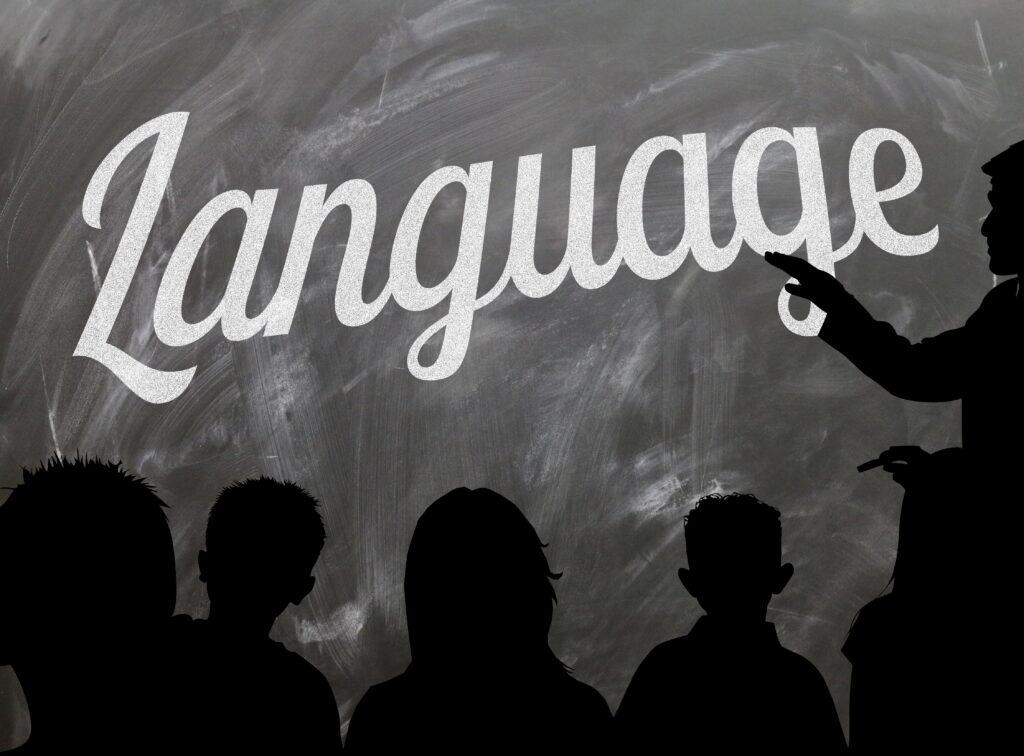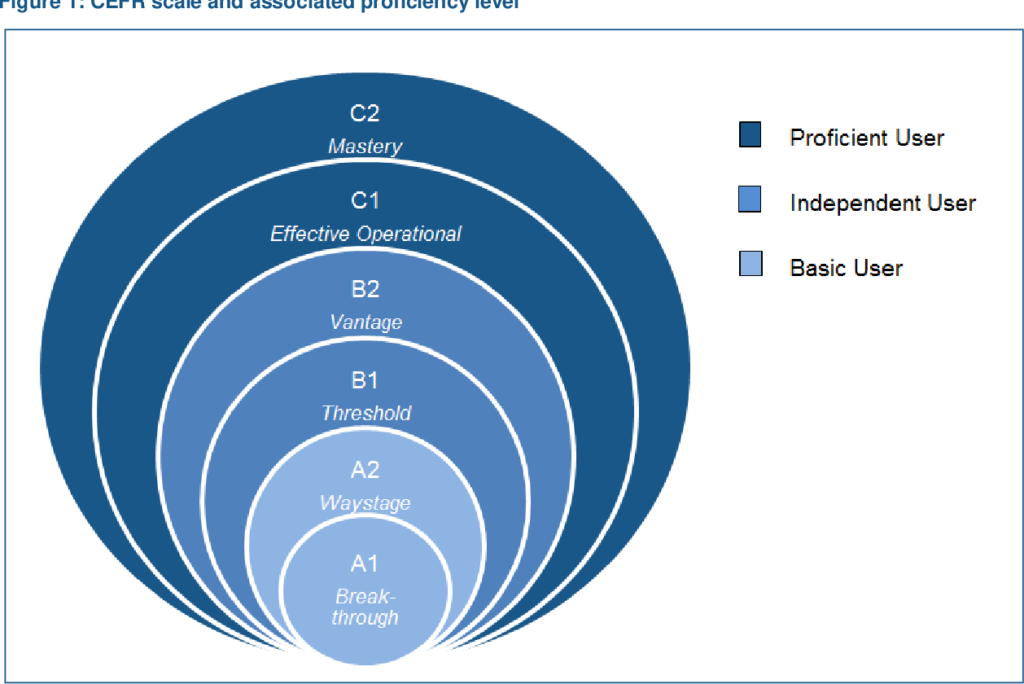How do you measure how fluent you are in a language?

What is the CEFR?
If you speak more than one language, one of the most common questions you get is: “How many languages do you know?” This can be really hard to answer!
Why is this? If you’ve ever acquired languages beyond your native one(s), odds are your language knowledge is somewhere in the middle of the spectrum between “I know a few phrases” and “I’m natively fluent.”
To solve this problem organizations have created frameworks to help people more accurately measure and compare their level with others. By far the most common standard internationally is the CEFR, which stands for the Common European Framework of Reference.
Even though it was created by the Council of Europe and of course it’s no perfect scale, this framework can apply for any spoken language to compare levels of fluency, which is why we use it here at Immersio.

What Are the CEFR Levels?
The CEFR has six proficiency levels (A1, A2, B1, B2, C1, C2), with A1 referring to total beginners and C2 referring to (near) native fluency. Accordingly, “A” level users are considered “Basic”, “B” level users “Independent”, and “C” level users “Proficient”.
So, one can say, for example: “I’m an A2 in Greek” or “I speak Cree at a C1 level” instead of using vague descriptions. Each level describes abilities that someone has at listening, speaking, reading or writing the language. The following is a description of each CEFR level.

The “A” Levels: Basic User
A1 | Beginner
At the A1 CEFR level, a language learner can:
- Understand and use very basic expressions to satisfy concrete needs.
- Introduce themselves and ask others questions about personal details.
- Interact simply as long as the other person speaks slowly and clearly.
A2 | Elementary
At the A2 CEFR level, a language learner can:
- Understand frequently used expressions in most intermediate areas such as shopping, family, employment, etc.
- Complete tasks that are routine and involve a direct exchange of information.
- Describe matters of immediate need in simple terms.
The “B” Levels: Independent User
B1 | Intermediate
At the B1 CEFR level, a language learner can:
- Understand points regarding family, work, school or leisure-related topics.
- Deal with most travel situations in areas where the language is spoken.
- Create simple texts on topics of personal interest.
- Describe experiences, events, dreams, and ambitions, as well as opinions or plans in brief.
B2 | Upper Intermediate
At the B2 CEFR level, a language learner can:
- Understand the main ideas of a complex text such as a technical piece related to their field.
- Spontaneously interact without too much strain for either the learner or the native speaker.
- Produce a detailed text on a wide range of subjects.
The “C” Levels: Proficient User
C1 | Advanced
At the C1 CEFR level, a language learner can:
- Understand a wide range of longer and more demanding texts or conversations.
- Express ideas without too much searching.
- Effectively use the language for social, academic or professional situations.
- Create well-structured and detailed texts on complex topics.
C2 | Proficiency
At the C2 CEFR level, a language learner can:
- Understand almost everything read or heard with ease.
- Summarize information from a variety of sources into a coherent presentation.
- Express themselves using precise meaning in complex scenarios.
How Do You Measure Your CEFR Level?
What is your level? Many today are accustomed to thinking about language skills as listening, speaking, reading, and writing, and many highlight the importance of improving your vocabulary or grammar knowledge.
However, because the CEFR focuses on communicative skills, it distinguishes four kinds of activities or modes:
- Reception (listening or reading)
- Production (speaking or writing)
- Interaction (speaking or writing)
- Mediation (interpreting or translating)
While you can get professional assessments for university or workplace positions, the official CEFR self-assessment grid can be found here in a variety of European languages.
At Immersio, we want to make sure every learner can find courses that are appropriate to their fluency level, no matter what language they are learning, and make real progress with their tutor(s) based on their unique learning goals. This is why every single course has a CEFR rating as well as any requirements, and every tutor’s learning plan is based on the learner’s current level and desired level.
Start Speaking Today
Register now at an Immersio site to start speaking whatever language you want to acquire. Check out their courses so you can begin where you are at, reach the level you want to achieve, and learn the content you are specifically interested in.